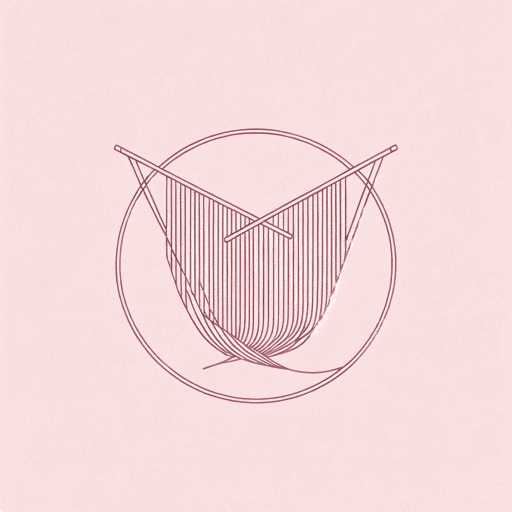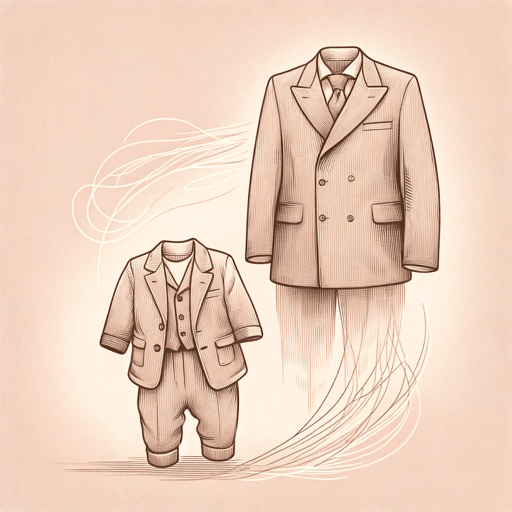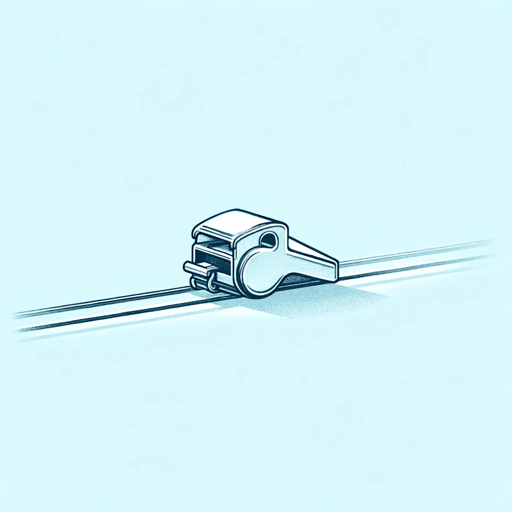19 pages • 38 minutes read
Edna St. Vincent MillayConscientious Objector
Fiction | Poem | Adult | Published in 1934A modern alternative to SparkNotes and CliffsNotes, SuperSummary offers high-quality Study Guides with detailed chapter summaries and analysis of major themes, characters, and more.
Poem Analysis
Analysis: “Conscientious Objector”
“Conscientious Objector” is a free-verse poem of 13 lines. The lines are generally long, but vary in length, and the lines are arranged in four stanzas. Millay’s speaker uses the first-person pronoun “I” throughout the poem. They speak to an audience including themself by also using the plural pronoun “our” (Line 12) in the penultimate (second-to-last) line.
The first line, which is the entire first stanza, introduces the subject of the poem. The speaker anthropomorphizes Death or, in other words, describes death as if he was a person. The speaker refuses to be an agent of death, while at the same time acknowledges that they will die. Dying, the speaker says, “is all that I shall do for Death” (Line 1). While living, they will not work for him.
The second stanza has four long lines. In this stanza, the speaker refers to death using male pronouns: he/him. This builds upon the capitalization of the word Death in the first stanza, which makes it a proper noun (in this case, a name). Death is a male figure who rides a horse. The speaker hears Death in a barn, “leading his horse out of the stall” (Line 2).
Related Titles
By Edna St. Vincent Millay

An Ancient Gesture
Edna St. Vincent Millay

Ebb
Edna St. Vincent Millay

I Will Put Chaos Into Fourteen Lines
Edna St. Vincent Millay

Lament
Edna St. Vincent Millay

Not In A Silver Casket Cool With Pearls
Edna St. Vincent Millay

Song of a Second April
Edna St. Vincent Millay

Spring
Edna St. Vincent Millay

The Ballad of the Harp-Weaver
Edna St. Vincent Millay

The Courage That My Mother Had
Edna St. Vincent Millay

The Spring And The Fall
Edna St. Vincent Millay

Travel
Edna St. Vincent Millay

